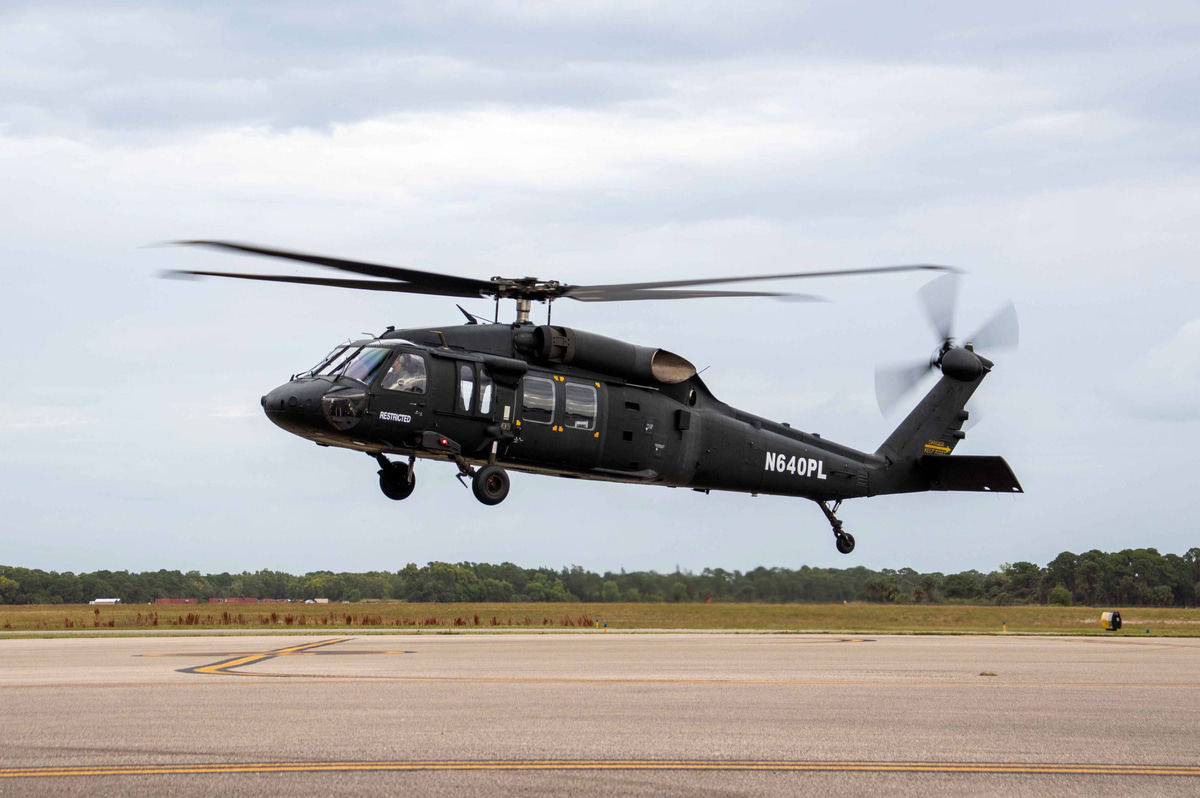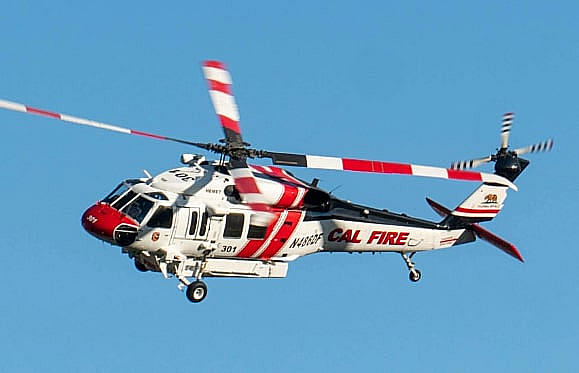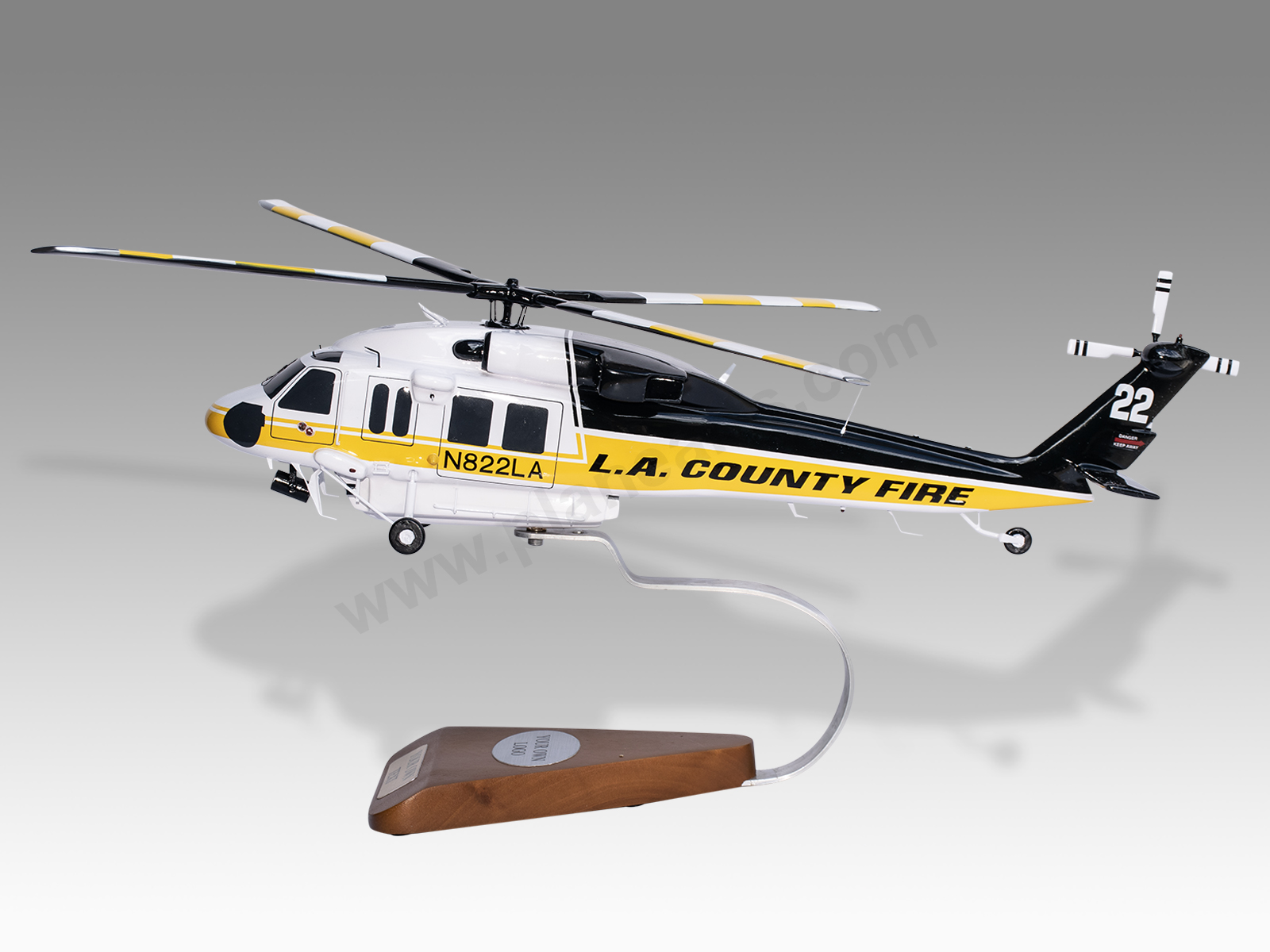Exploring the Capacities of the Sikorsky S 70: A Comprehensive Review
Exploring the Capacities of the Sikorsky S 70: A Comprehensive Review
Blog Article
High-Performance Multi-Role Rotorcraft Featuring Advanced Cabin Technologies and Integrated Sensor Equipments
The world of rotorcraft modern technology has actually seen notable developments in recent times, particularly in the world of high-performance multi-role rotorcraft outfitted with sophisticated cabin innovations and effortlessly incorporated sensor systems. These innovations have not just enhanced the operational capacities of rotorcraft yet have actually likewise substantially affected modern aeronautics procedures on different fronts. From enhanced goal adaptability to enhanced functional effectiveness, the convergence of innovative cabin innovations and integrated sensing unit systems has ushered in a brand-new era of opportunities for rotorcraft applications. In the complying with discussion, we will certainly check out the evolution of rotorcraft modern technology, look into the world of advanced cabin developments, and examine the effects of integrated sensing unit systems on the operational convenience and effectiveness of modern rotorcraft.
Advancement of Rotorcraft Technology
The advancement of rotorcraft innovation has been marked by considerable improvements in the rules of aerodynamics, materials, and propulsion systems, shaping the capabilities and performance of modern-day rotorcraft. In addition, improvements in propulsion systems, consisting of more effective engines and cutting-edge propulsion modern technologies, have actually allowed rotorcraft to achieve greater elevations, faster speeds, and greater hauls.
These improvements have not only changed the capacities of rotorcraft however have additionally increased their applications across various sectors, including military, business, and emergency solutions. The continual development of rotorcraft technology proceeds to drive advancement in the field, pressing the boundaries of what is feasible and shaping the future of upright flight.
Advanced Cabin Innovations
Building upon the fundamental improvements in aerodynamics, products, and propulsion systems, the realm of rotorcraft innovation currently moves focus towards pioneering Advanced Cockpit Innovations. The assimilation of innovative technologies within the cabin setting plays a crucial function in enhancing the operational capacities, security, and performance of modern rotorcraft. sikorsky s 70. Advanced Cabin Innovations incorporate a large array of functions designed to supply pilots with boosted situational awareness, structured information management, and intuitive control user interfaces
Among the key improvements in cabin layout is the implementation of glass cockpits, which change typical analog gauges with high-resolution screens. These electronic systems offer customizable designs, real-time information assimilation, and improved readability, allowing pilots to gain access to essential information at a glance. Moreover, progressed avionics systems, such as fly-by-wire controls and boosted fact displays, are transforming exactly how pilots communicate with the aircraft, enabling for exact control and boosted decision-making capacities.


Integrating sophisticated cockpit innovations not only boosts pilot performance yet also adds to total objective effectiveness and safety and security in complicated operational settings. By leveraging advanced innovations within the cockpit, rotorcraft suppliers are setting brand-new requirements for functional excellence and goal success.
Integrated Sensor Equipments
With the development of rotorcraft technology, the combination of advanced Integrated Sensing unit Systems has actually become vital in enhancing functional performance and security. These Integrated Sensing unit Systems include a wide variety of technologies that supply crucial information for numerous functions such as navigating, security, targeting, and environmental tracking. By flawlessly integrating sensors like radars, video cameras, lidar, and infrared systems into rotorcraft, drivers can take advantage of enhanced situational awareness, boosted objective capabilities, and reduced pilot work.
One trick advantage of Integrated Sensor Systems is their ability to gather real-time data and give actionable understandings to pilots and objective drivers. For example, progressed radar systems can spot and track targets over long distances, allowing for very early threat discovery and reliable feedback preparation. Additionally, integrating electro-optical and infrared electronic read what he said cameras makes it possible for rotorcraft to perform reconnaissance and monitoring missions with precision and accuracy.
Basically, the integration of advanced sensor innovations into rotorcraft not only improves functional effectiveness however also adds significantly to overall objective success and staff safety and security. why not try these out As rotorcraft remain to evolve, the duty of Integrated Sensing unit Systems will certainly stay at the leading edge of advancement in the aerospace market.
Functional Versatility and Efficiency
Enhancing operational flexibility and effectiveness in rotorcraft is an all-natural progression from the integration of sophisticated Integrated Sensor Solutions. By leveraging the insights and data given by these advanced sensing unit systems, rotorcraft can enhance their performance throughout numerous missions and settings.
Functional versatility incorporates the capability of rotorcraft to adjust to different roles and scenarios efficiently. With innovative cabin modern technologies and integrated sensing unit systems, rotorcraft can effortlessly change in between tasks such as search and rescue, medical discharge, security, and more. This flexibility improves the rotorcraft's capability to fulfill diverse operational needs without calling for comprehensive reconfiguration.
Effectiveness in rotorcraft operations is crucial for taking full advantage of goal effectiveness and source use. Integrated sensing unit systems play a crucial duty in enhancing functional efficiency by giving real-time information on weather conditions, terrain mapping, target monitoring, and much more. This data makes it possible for pilots to make informed choices quickly, optimize trip paths, conserve gas, and enhance overall goal performance.
Influence on Modern Aeronautics Workflow

In addition, the assimilation of advanced sensors assists in improved objective preparation and implementation, making it possible for rotorcraft to perform a wide variety of jobs with boosted accuracy. From search and rescue operations to airborne firefighting and police goals, the capabilities of modern-day rotorcraft equipped with advanced cabin innovations and incorporated sensor systems are exceptional.
Furthermore, the effect of these innovations expands past functional effectiveness to cost-effectiveness and sustainability. By enhancing trip paths, fuel usage, and maintenance routines, high-performance rotorcraft equipped with sophisticated cabin innovations and sensors add to minimizing functional expenses and environmental influence, making them essential assets in contemporary aviation procedures.
Final Thought
To conclude, the high-performance multi-role rotorcraft with advanced cockpit innovations and incorporated sensor systems represents a considerable development in air travel modern technology. These technologies enhance operational versatility and efficiency, ultimately impacting modern aviation operations in a positive way. The integration of these advanced technologies permits improved capacities and efficiency in numerous mission circumstances, showcasing the proceeded innovation of rotorcraft modern technology in the site aviation sector.
The world of rotorcraft modern technology has actually seen remarkable innovations in current times, especially in the realm of high-performance multi-role rotorcraft geared up with cutting-edge cabin modern technologies and effortlessly integrated sensor systems. From boosted goal adaptability to improved functional effectiveness, the convergence of advanced cabin innovations and integrated sensing unit systems has ushered in a new period of possibilities for rotorcraft applications. In the following conversation, we will discover the development of rotorcraft technology, dive into the realm of sophisticated cockpit technologies, and take a look at the implications of incorporated sensor systems on the functional flexibility and performance of contemporary rotorcraft.

Report this page